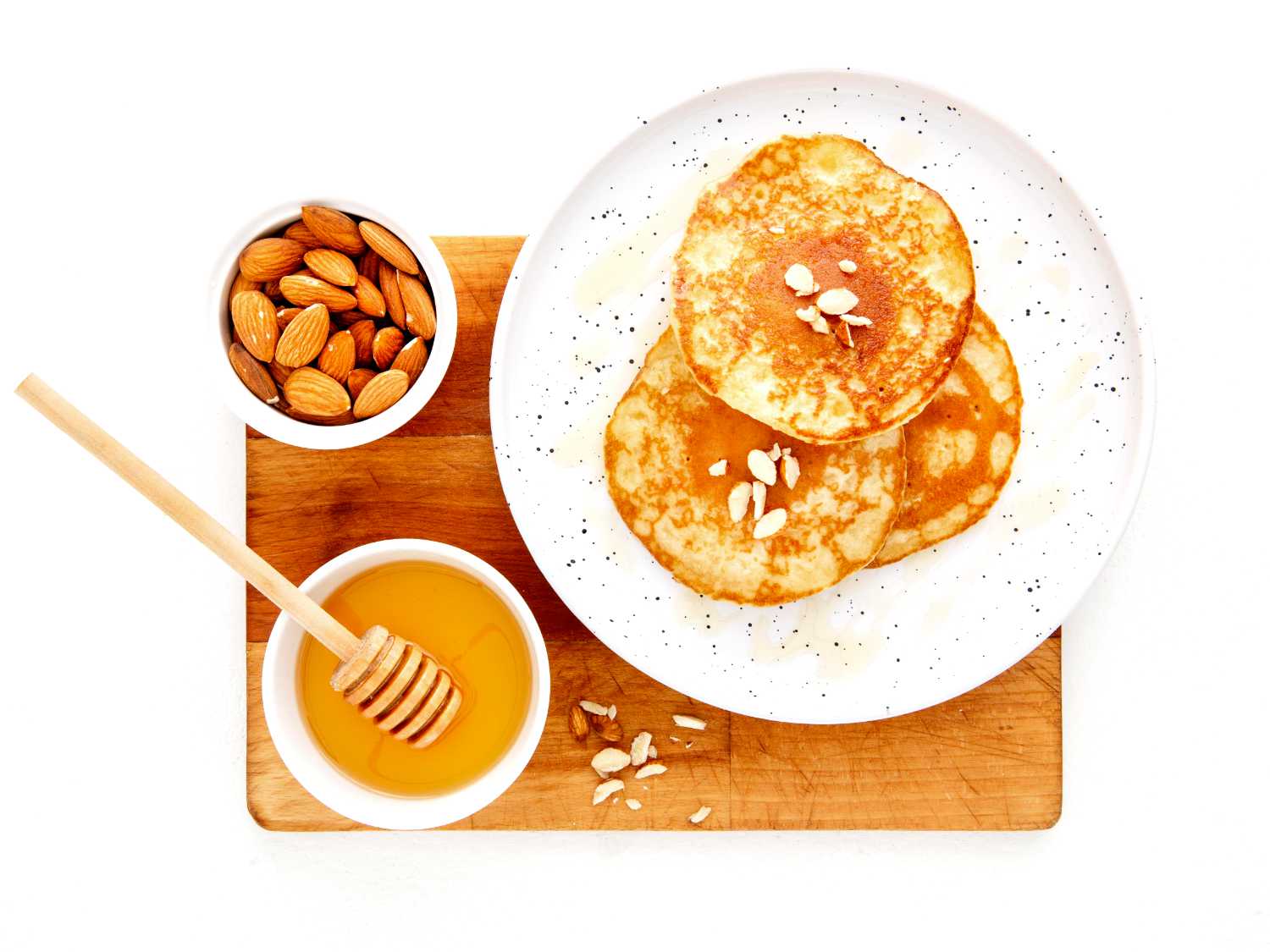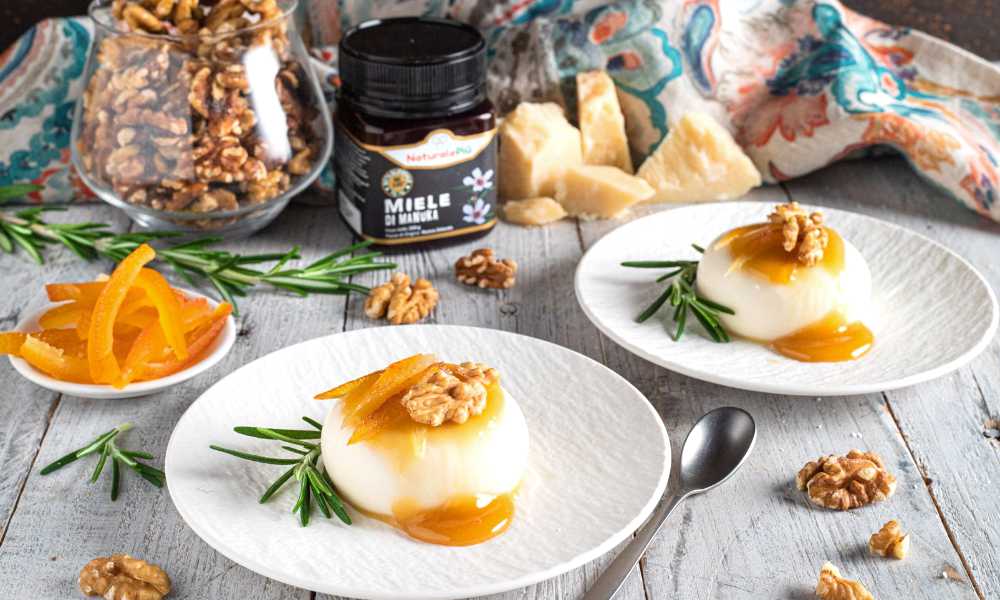Your basket is empty
Already have an account? Log in to check out faster.
Already have an account? Log in to check out faster.

It is known that with the arrival of the winter season, temperature variations, climate changes and exposure to light can affect our body, making it more tired and weakening our natural defenses.
When this happens and our defenses are lowered, we are more fragile and vulnerable to pathogens and are therefore more likely and more frequent to get sick.
To try to support the immune defenses it is possible to resort to the use of natural remedies that are capable of helping our natural defenses to counteract the action of these external agents.
One of the natural remedies to help the immune system is the raw honey , and in particular that of Manuka , many studies highlight its effectiveness as a natural antibacterial.
Let's take a detailed look at what manuka honey is, what it's used for, and what makes it so special.
Manuka honey is a particular variety of honey, which takes its name from the plant from which it originates. Manuka plant , whose botanical name is Leptospermum scoparium , is native and grows exclusively in New Zealand and some parts of Australia.

It is a honey with a rich and strong flavor, but still unmistakably sweet. Its consistency is dense and creamy, typical of raw honey, and its aroma is intense.
But beyond its extremely pleasant flavour, what really makes this honey special is the presence of an active ingredient that is responsible for its powerful antibacterial capacity and which differentiates it from any other honey in the world, the Methylglyoxal (MGO).
This component is also found in other foods, but in very small quantities, while Manuka honey is the only food that contains methylglyoxal in significant quantities.
In fact, Manuka honey is classified in relation at the concentration of Methylglyoxal present inside it, for this purpose a chemical analysis is always necessary which must be carried out in laboratories accredited by the MPI ( Ministry for Primary Industries ) of New Zealand. This serves to guarantee the authenticity and quality of honey on the market, which must necessarily report the content of Methylglyoxal on the label.
Manuka honey is truly a food with extraordinary properties. beneficial properties , let's see in detail what it is used for and how to use it.
Manuka honey is an energizing food that can support our natural defenses, especially thanks to its incredible antibacterial properties.
Manuka honey is mostly sugar and contains low percentages of water, making it an extremely saturated sugar solution. Therefore, microorganisms cannot reproduce because they would need water to survive.
There are numerous studies on the use of Manuka honey for both internal use , which external as a natural device in the management of wounds And burns .
Taking Manuka honey represents a healthy and natural alternative to increase our immune defenses, prevent and " cure " minor seasonal ailments.
Choose the right concentration of methylglyoxal it is fundamental, the rule is that the deeper the honey has to go, the higher the concentration must be.
Gradations of Manuka honey MGO 800+ or 500+ have a higher concentration of Methylglyoxal and are therefore more useful in case of various minor ailments, while MGO 100+ can be used daily for preventive purposes or for external use.

Manuka honey is really sweet and good and can be consumed pure, but in case you don't like its intense flavour, there are many ways in which it can be consumed . It can be used to sweeten tea, infusions or drinks. In hot milk or yogurt, on biscuits or pancakes or as a condiment for your recipes... even savory ones!
Sources
0 comments